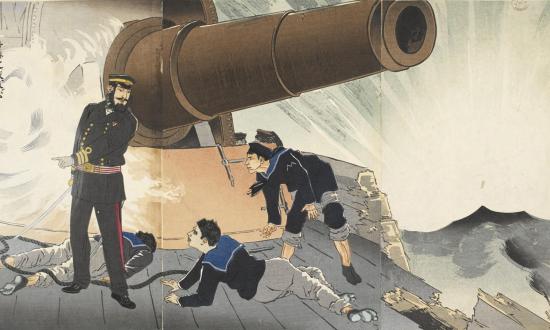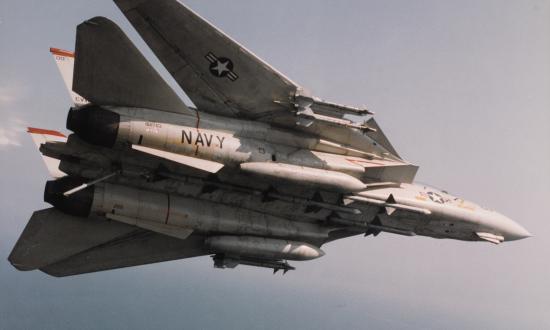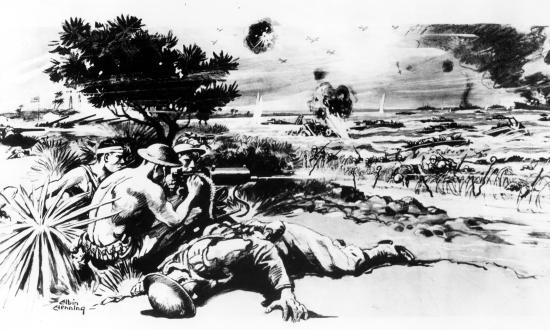On 7 May 1861, three weeks after the fall of Fort Sumter, the gunboat USS Yankee traded volleys with a York River shore battery at Gloucester Point, Virginia. Though but a minor engagement, the Battle of Gloucester Point marked some notable firsts: the Civil War’s first exchange of gunfire after Sumter, the first cannonade in Virginia during the war—and most germane to our interests, the first firefight between the Union Navy and Rebel forces. From that humble beginning at Gloucester Point, the naval story of the Civil War was off and running; the war at sea, in more ways than one, would be a crucial determinant of the outcome in America’s defining conflict.
Fast-forward from May 1861 to May 2021, as we serve up an overview of the naval history of the Civil War. And who better to deliver this analysis than Craig Symonds, author of The Civil War at Sea and numerous other modern-day classics on topics ranging from the Civil War to World War II. The Anaconda Plan, the blockade-runners, the ship-to-shore battles, the Confederate high-seas raiders, the riverine fighting, the joint Army-Navy campaigns—Symonds offers up a remarkably thorough summation in a remarkably concise article that hits all the salient aspects.
If things indeed were heating up in America in the spring of 1861, in the spring of 1941, things were heating up around the globe—and in this issue, we showcase a pair of articles that capture those tense early days of World War II. John Prados, the acclaimed author of Combined Fleet Decoded and other groundbreaking historical works, takes us to prewar Japan, where U.S. Navy officers were gathering vital intelligence on the ambitious Japanese warship-building program—and the growing threat that soon would manifest itself at a place called Pearl Harbor. Frequent Naval History contributor Vincent O’Hara, meanwhile, returns with an 80th-anniversary retrospective on the Soviet Navy in World War II. While the Red Army tends to get the lion’s share of attention, the Red Navy was key to Soviet victory as well, O’Hara convincingly asserts. This go-round, he is paired with the ideal coauthor for such a topic: Stephen McLaughlin, author of the definitive magnum opus Russian & Soviet Battleships.
In World War II, the Soviets were the necessary ally; in the Cold War that ensued, they were the existential enemy. As a follow-up to our Bay of Pigs coverage in the previous issue, here we bring you an eye-opening, if unsettling, account of the Cuban Missile Crisis, the Soviet sub factor, the U.S. naval blockade, and how perilously close the world came to a nuclear nightmare on 27 October 1962. While Douglas Gilbert’s look at “Black Saturday” stirs chilling thoughts of grim what-if scenarios, it also is a paean to a humble Soviet naval officer who just might have saved civilization on that razor’s-edge day.
Gilbert’s article, based on declassified files, is proof of how history is never finished, of how there’s always one more document hitherto unseen that alters our perspective on the past. Age-of-Sail historian Frederick Leiner provides another such example for us as he describes a rare and unexpected find: “The Lost Letter of Stephen Decatur.” Rounding out our Age-of-Sail coverage, we welcome back to these pages the esteemed War of 1812 authority David Curtis Skaggs, who chronicles a "A Very Daring and Gallant Affair” in the fighting on the Great Lakes. The Royal Navy lieutenant who is the hero of this account is celebrated in song and story in Canada but is less known elsewhere. We hope that, like us, you’ll be pleased to make his acquaintance!
Eric Mills
Editor-in-Chief






